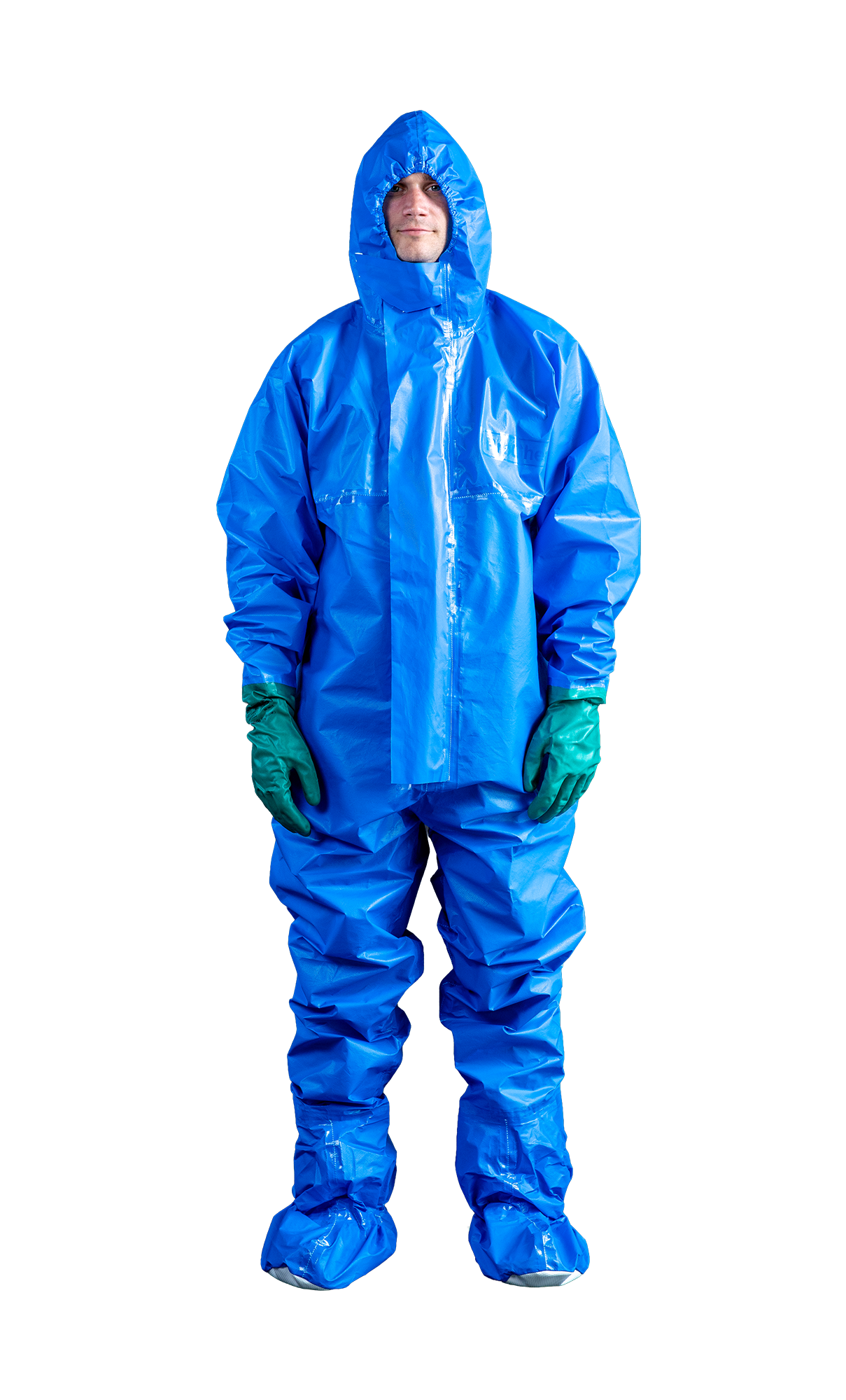 TESTE
TESTE
ProChem I CPM E yellow S

ProChem I CPM E yellow S
Product number:
001303-gelb-S
That fits with that
The protection types of ProChem I CPM
Different standards and classifications apply to protective clothing depending on the area of use. Here you can see which standards ProChem I CPM complies with. You can find a full overview under Protection Types."
Find out more
EN 1073-2 is a European standard for protective clothing against radioactive particles. It assesses the effectiveness of protection against airborne particles but does not provide protection against ionizing radiation.
EN 1149-5 is a European standard that specifies the requirements for electrostatic dissipative protective clothing. The standard ensures that garments minimize the risks associated with static electricity, such as ignition discharges or damage to sensitive electronic components.
EN 14126 is a European standard that specifies the requirements and test methods for protective clothing against infectious agents. The standard ensures that the clothing provides an effective barrier against biological hazards such as bacteria, viruses, and contaminated liquids.
Category III protects against serious risks that can cause severe or irreversible damage and includes respiratory protection equipment, chemical protective clothing, fall protection devices, and certain protective gloves.
Type 3 is a European standard for liquid-tight chemical protective clothing. The standard ensures that the clothing provides protection against strong and directed jets of liquid chemicals, evaluating criteria such as seam strength and resistance to liquid penetration.
Type 4 is a European standard for spray-tight chemical protective clothing. The standard ensures that garments provide protection against light splashes of liquid chemicals, evaluating criteria such as seam strength and resistance to liquid penetration.
Type 5 is an international standard for protective clothing against airborne solid particles. It evaluates the performance of the clothing, including resistance to particle penetration, seam strength, and design aspects to ensure safety in environments with harmful particles.
Type 6 is a European standard for protective clothing that provides limited protection against liquid chemicals. It evaluates performance criteria such as liquid repellency, penetration resistance, and seam strength to ensure safety in environments with occasional contact or light splashes of chemicals.



.png)
